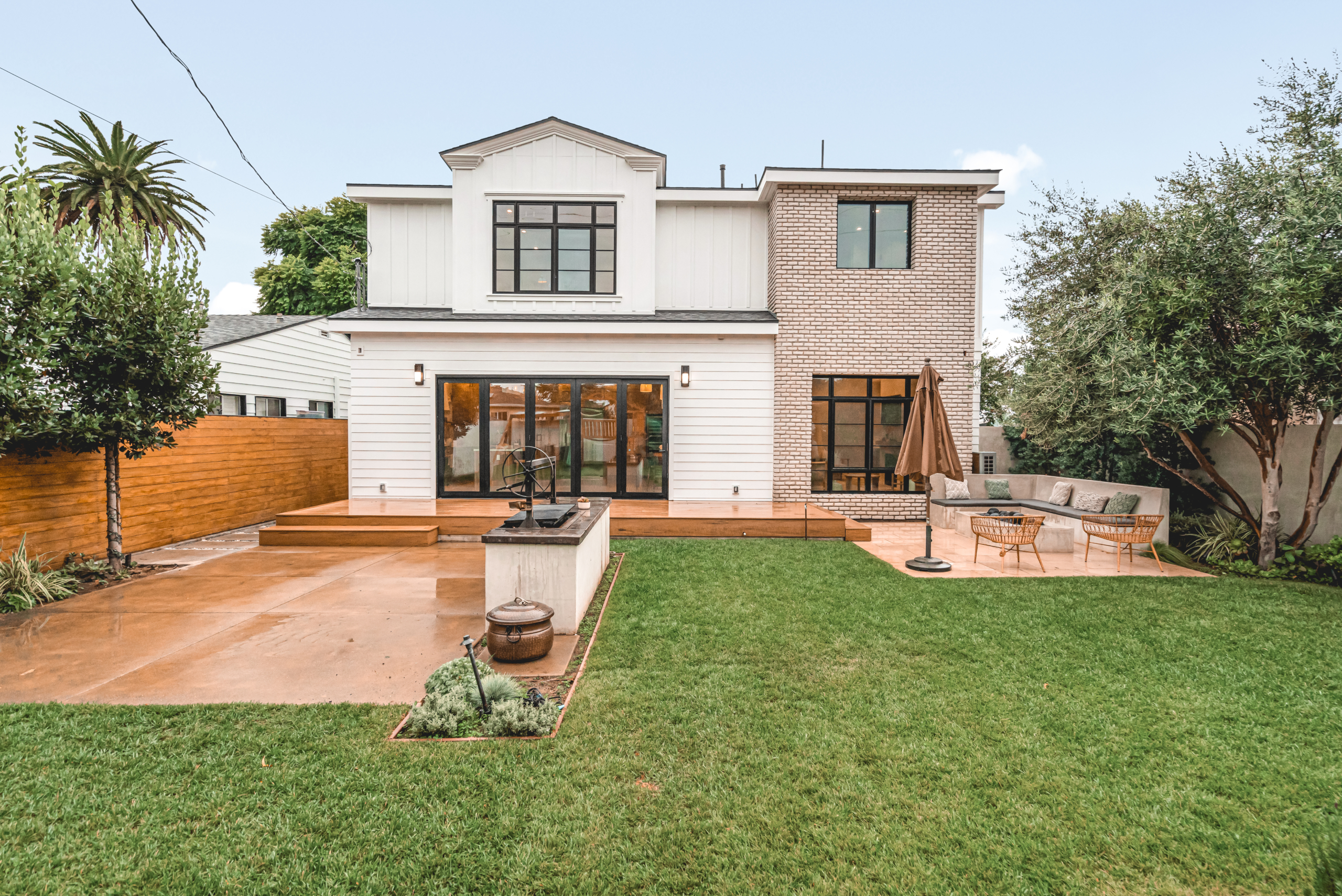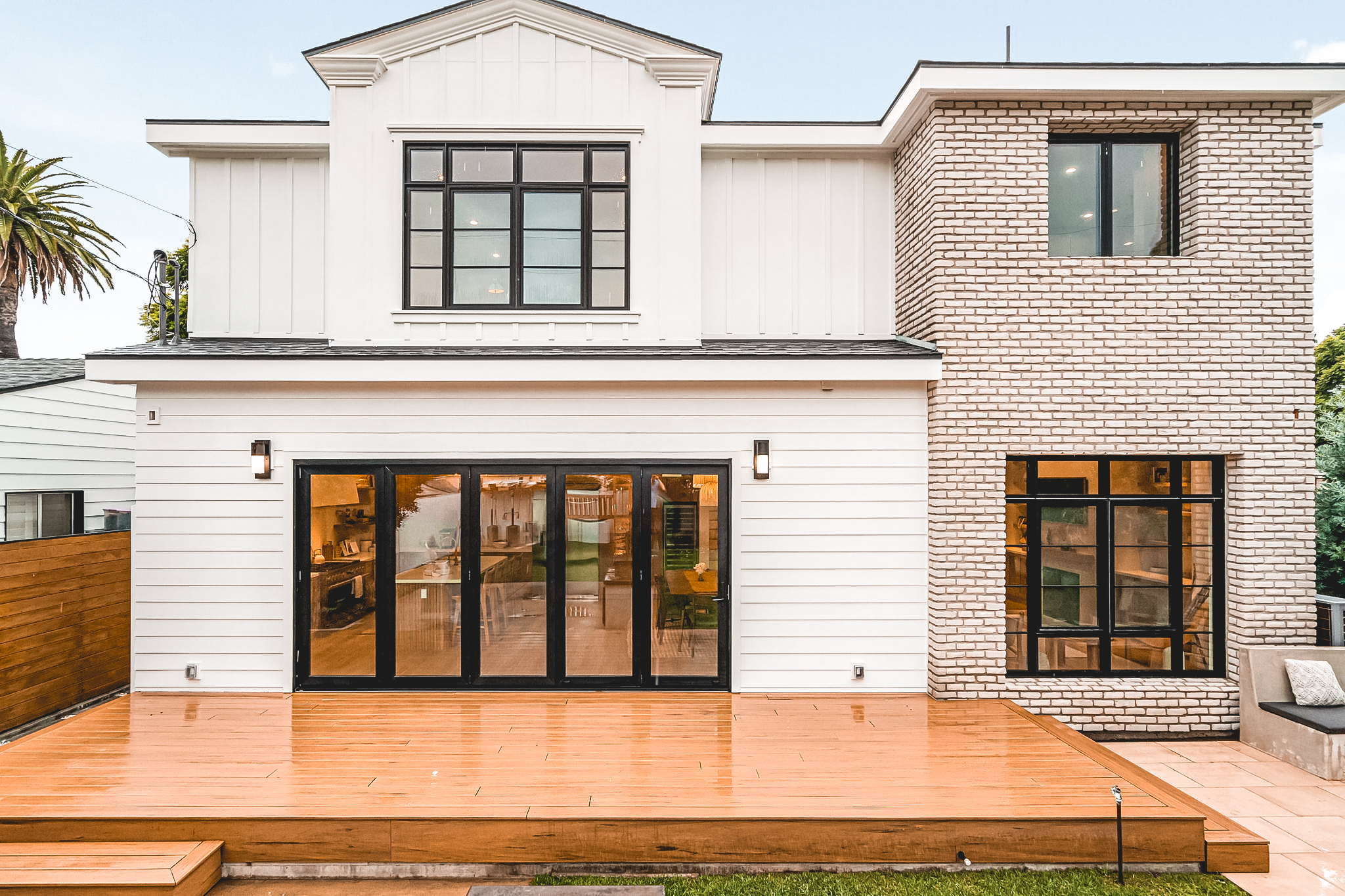Brutalism, an architectural style that once divided opinions and inspired intense debates, is experiencing a remarkable resurgence. It’s making a comeback, not just in public buildings but also in residential architecture. The appeal of Brutalist homes is on the rise, and there are compelling reasons behind this revival. In this article, we’ll explore why Brutalist homes are making a comeback, shedding light on the factors driving this architectural resurgence.
A Blast from the Past
Brutalism emerged in the mid-20th century as a reaction to the ornate and intricate architectural styles that preceded it. The term “Brutalism” is derived from the French “béton brut,” which translates to “raw concrete.” The style is characterized by its use of exposed concrete, geometric shapes, and a focus on functionality over decoration. It’s a stark, utilitarian style that doesn’t shy away from showing the raw, unadorned qualities of building materials.
Why the Resurgence?
The revival of Brutalism in residential architecture can be attributed to several factors:
1. Unique Aesthetic Appeal:
One of the most significant reasons behind the resurgence of Brutalism is its unique aesthetic appeal. The stark beauty of raw concrete, geometric shapes, and minimalistic design has a magnetism that captivates those seeking something different from the typical suburban home.
2. A Return to Minimalism:
In a world often cluttered with distractions, there’s a growing appreciation for minimalism. Brutalism aligns with this trend, offering a simplistic, uncluttered living space that’s both functional and efficient.
3. Durability and Sustainability:
The use of concrete in Brutalist architecture has an inherent sustainability aspect. Concrete is durable, long-lasting, and boasts excellent thermal properties. This aligns with the growing interest in sustainable building materials and design practices.
4. Creative Reinterpretation:
Contemporary architects and designers are reinterpreting Brutalism, infusing it with modern design elements and materials. This blending of the old and the new results in exciting architectural innovations.
5. The Rebel Spirit:
Brutalism, in its unapologetic rawness and defiance of convention, appeals to a certain rebellious spirit. Those who appreciate the unconventional find a kindred spirit in Brutalism.
Statistics and Global Impact
The resurgence of Brutalism isn’t confined to a specific region. It’s a global phenomenon that has influenced architects and designers around the world. For example, the Barbican Estate in London, designed by Chamberlin, Powell, and Bon, is a renowned Brutalist residential complex. In the United States, Paul Rudolph’s Yale Art and Architecture Building in New Haven is a classic example of Brutalist architecture.
Incorporating Brutalism into Your Home
You don’t need to live in a full-fledged Brutalist structure to incorporate its elements into your living space. Here are some ideas:
- Exposed Concrete: Introduce concrete features such as countertops or floors to add a touch of Brutalism to your interiors.
- Geometric Decor: Use geometric patterns and shapes in your furniture and decor to echo the Brutalist style.
- Industrial Lighting: Opt for industrial-style lighting fixtures to create a raw, functional ambiance.
- Minimalism: Embrace minimalism in your interiors, focusing on simplicity and functionality.
The resurgence of Brutalism is a testament to the enduring appeal of unconventional architectural styles. Whether you’re an architectural enthusiast, a design rebel, or someone simply intrigued by the boldness of Brutalism, exploring this unique style can be a fascinating journey. After all, there’s beauty in embracing the past while looking towards the future in the world of home design.

